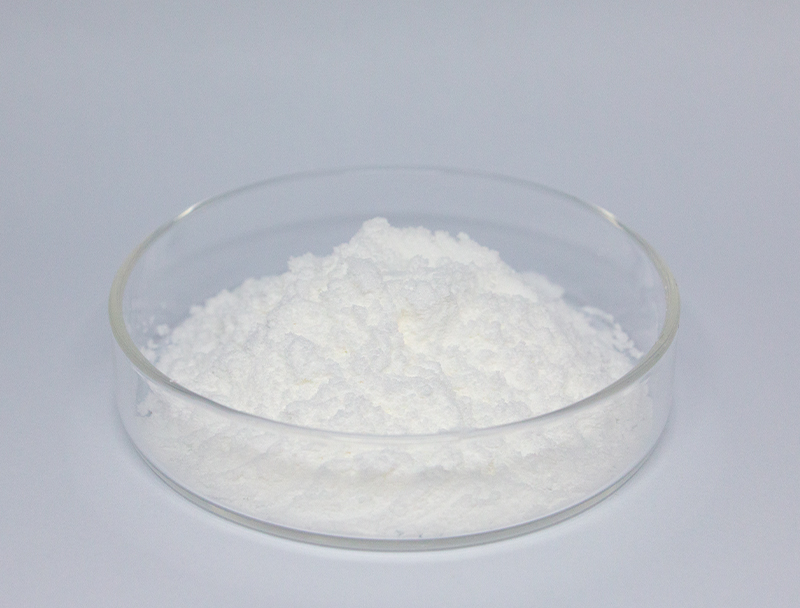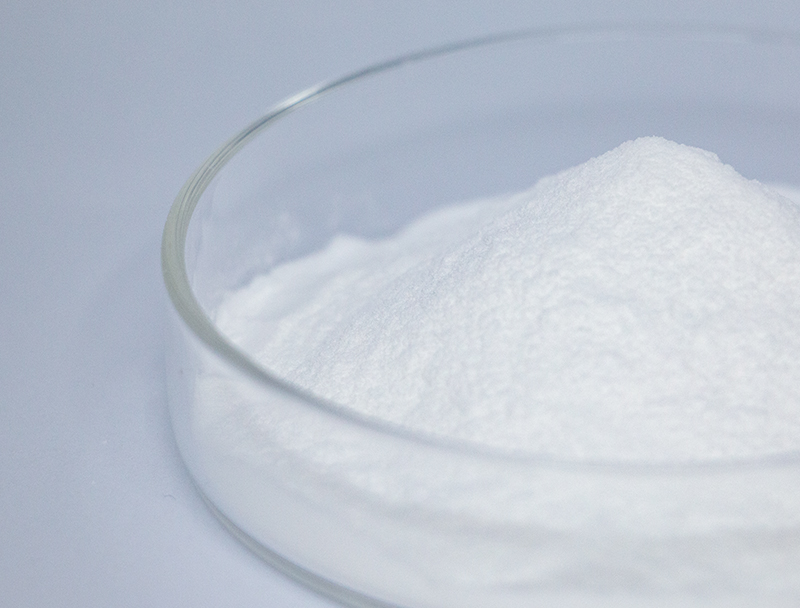
Advanced biosystems are built around a diverse spectrum of starting materials to yield progressive bio-based commodities.
Guaranteeing the sustainable sourcing of these resources is vital for future-proofing and moral progress in biomanufacturing.
several issues arising from typical material sourcing including environmental degradation and exploitation of natural resources. Thus, organizations must explore circular sourcing options to lessen environmental harm.
- Representations of ethical supply approaches are:
- Utilizing renewable feedstocks derived from agricultural byproducts
- Operating reuse-focused platforms to lower discard and increase efficiency
- Partnering with local suppliers committed to ethical sourcing practices
Moving toward responsible sourcing creates ecological improvements and economic resilience.
Refining Biomass Sources to Enhance Fuel Conversion
Optimizing biofuel yields depends strongly on feedstock quality and makeup. Scientists are constantly exploring novel strategies to optimize these feedstocks, resulting in superior production volumes and sustainable energy gains. Tactics include molecular breeding to increase biomass and chemical or physical pretreatments to release sugars.
- Additionally, researchers are focusing on identifying new sources of biomass, such as algae, waste products, agricultural residues, to expand the range of sustainable feedstocks available for biofuel production.
- Thanks to continuous exploration the sector is prepared to realize considerable strides toward an eco-friendlier energy mix.

Advances in Biopharmaceutical Manufacturing: Focus on Upstream Operations
covers the early phases of biopharma production including culturing and biological harvesting Recent advances in this domain have led to improved production processes, ultimately increasing product yield.
Significant developments incorporate advanced biological platforms, tailored medium blends, and precision reactor engineering. These refinements escalate production and lower expenses and environmental strain.
- Additionally, a shift to integrated continuous operations is providing enhanced flexibility and responsiveness in production.
- Transitioning to refined production methods has the potential to overhaul the industry and expedite new treatments.

Innovations in Gene Editing for Improved Biopharmaceutical Yield
refinements in gene-targeting technologies have advanced protein production workflows. By implementing targeted gene changes, investigators boost production titers of important biologics. This capability can unlock development of cost-efficient, high-performance biologics for many conditions.
Applying Microbial Tools to Improve Environmental Remediation
state-of-the-art biological cleanup solutions using targeted microbial actions. Microorganisms possess the remarkable ability to degrade and transform harmful pollutants into less toxic substances.. Leveraging microbial biotransformation promotes sustainable remediation that curbs industrial environmental impacts.. Researchers screen diverse microbial taxa for metabolic pathways suited to remove heavy metals, pesticide residues, and hydrocarbon contamination.. Such organisms are usable in treatment systems or applied directly to soils and waters to drive biodegradation of contaminants..
Biological remediation using microbes yields meaningful benefits compared to conventional strategies. Microbe-driven cleanup typically costs less and generates fewer dangerous byproducts. Similarly, microbe-based remediation affords specificity that avoids extensive ecosystem disturbance. Work in this area evolves rapidly to optimize the success rates and scalability of bioremediation solutions.
Computational Biology in Drug Discovery
Computational tools have grown indispensable in the current drug discovery landscape. By analyzing biological data to select and improve leads, computational methods support efficient drug development.
- By parsing huge omics and clinical databases, bioinformaticians detect targets and estimate therapeutic responses.
- Likewise, computational docking and dynamics help design molecules with improved target engagement and potency.
- In conclusion, computational biology reshapes discovery pipelines and speeds delivery of reliable treatments for patients.
Cell Factory Optimization for Higher Bioproduct Output
implements many strategies to improve microbial output of desired bioproducts. Tactics can encompass genetic engineering to reconfigure metabolism, promoter modulation to adjust expression, and pathway insertion to enable new reactions.. By fine-tuning these processes, engineers can significantly increase the yield of desired bioproducts.
This combined approach has capacity to change industries from drug manufacture to food production and bioenergy.

Upscaling Biopharma: Obstacles and Potential Gains
Transitioning to higher volumes entails serious complications 2-Ketoglutaric acid and potential rewards. Ensuring product consistency at larger manufacturing scales represents a major hurdle. Overcoming this requires advanced process control, continuous monitoring, and sensitive analytical platforms.

The multi-faceted nature of production steps adds complexity to scaling efforts. Refining processes for commercial volumes demands deep R&D investment and novel engineering solutions.. Yet, the returns can be substantial. Successful industrialization can broaden availability, trim costs, and raise profitability.
Numerous initiatives aim to tackle these scaling challenges. Programs comprise advanced optimization systems, real-time process monitoring tools, and innovative production strategies.
- Developmental projects contribute critically to scaling manufacturing competency.
- Government agencies are streamlining review procedures to permit quicker uptake of new production technologies and foster innovation.
Charting Regulatory Pathways for Biologics to Safeguard Patients
Bringing biologics to market involves rigorous regulation designed to protect patients and confirm therapeutic benefit. Biopharmaceuticals, often derived from biological sources, present unique challenges compared to traditional medications.
Regulators such as the FDA and EMA define authorization pathways and quality standards for new biologic medicines..
Stringent experimental and surveillance testing occurs across the entire development-to-market continuum. Those requirements help reveal risks and confirm that biologics satisfy stringent safety criteria..
In addition, regulatory entities adapt their frameworks to stay current with rapid research and technological developments.. Measures involve adopting innovative technologies and enabling development acceleration without compromising patient welfare.

Exploring the Potential of Plant-Based Biomass Feedstocks in Bioplastics
The growing need for sustainable materials has led to a surge in research and development of renewable options. Using plant feedstocks to make bioplastics gives a promising direction for sustainable material development. Renewable inputs including cornstarch, cellulosic matter, and sugarcane biomass can be processed into biodegradable plastics that minimize long-term pollution.
Furthermore, these bioplastics often possess comparable properties to their petroleum-based counterparts, making them suitable for a wide range of applications.. Ongoing studies and technology development are vital to exploit plant feedstocks for bioplastics and foster a circular economy.
Biotechnology's Potential to Transform Health and Food Supply
Biotechnology offers potent solutions for advancing public health and enhancing food security. By applying gene editing, synthetic biology constructs, and cellular therapies, scientists create tools to fight disease, raise yields, and boost nutrition.. For instance, genetically modified crops can be engineered to resist pests and environmental stresses, leading to increased agricultural production and reduced reliance on harmful pesticides.. In addition, the field produces vaccines, treatments, and diagnostic tools that are central to fighting infections and improving health worldwide.. Looking forward, continued biotech progress promises to deliver therapies and agricultural solutions that support health and sustainability worldwide.
